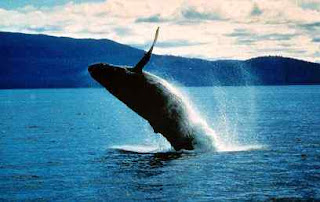Rivers are awesome, and most people can’t look at one without fantasising about just setting off on a river rafting trip and seeing where the current takes them. It’s a very Zen kind of adventure – you can literally just go with the flow. Of course, it helps if you know what is downstream as you probably don’t want to drift around a corner to find a 40m waterfall or something.
So that’s why it’s a good thing that there are loads of river rafting courses and companies that offer river rafting adventure tours, all willing and able to guide you down any one of a number of fantastic rivers. As well as providing all the equipment, they will give you a presentation on rafting, and some instructions about maintaining safety on the water. Going river rafting with an experienced and qualified guide will increase your safety, and their knowledge of the river can help you to enjoy your experience even more.
The Orange River, on the border between the Northern Cape and Namibia, is the longest river in South Africa and, as it’s runnable almost all year, it is the mainstay of the river rafting industry. You can choose between one-day trips or multi-day trips, and you can also choose between mostly flat water, or interesting white water sections for some intense white water rafting.
Another very reliable river is the Ash River in the Free State, also with a flattish section and a white water extravaganza. Other good options include the Breede and the Palmiet in the Western Cape, the Vaal on the border of the North West Province and the Free State, the Blyde in Mpumalanga and the Olifants in Limpopo. The Tugela and the Buffalo in KwaZulu-Natal are really only worth paddling in summer, and the Doring in the Western Cape only in winter.
There are also some nice, totally flat water river rafting trips, mostly near the coast. In the Western Cape these include the wetlands of the Wilderness National Park, the Keurbooms River near Plettenberg Bay and Hermanus Lagoon. The Sundays, Kowie and Umtata Rivers in the Eastern Cape also offer great flat water paddling and, in KwaZulu-Natal, the magnificent Kosi Bay lake system and the huge Lake St Lucia both in the iSimangaliso Wetland Park are particularly scenic.
River rafting can be anything from a relaxing paddle to a high-speed, adrenalin-pumped race through the rapids. Either way you are sure to enjoy the thrill of a river rafting trip.
source: river rafting


